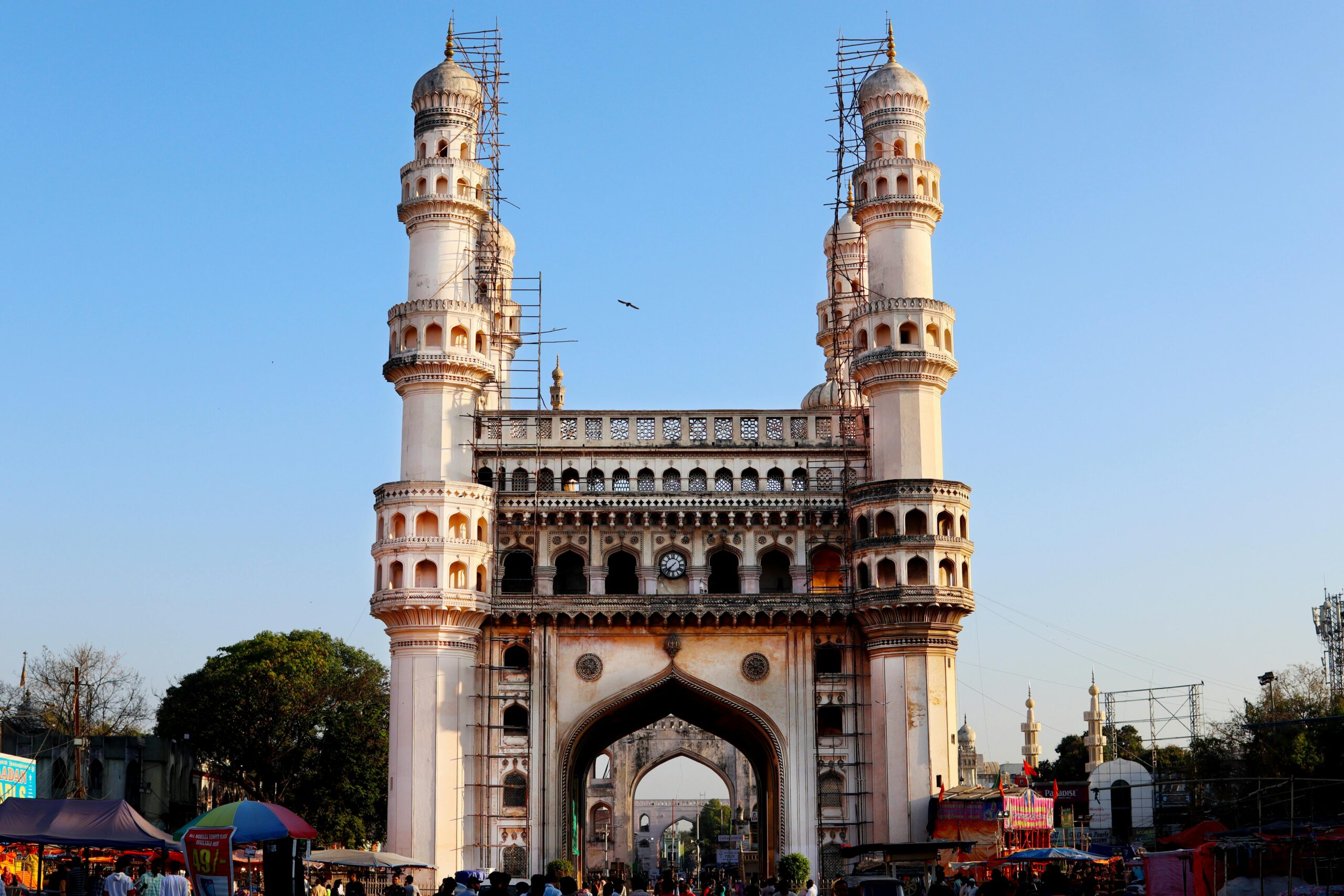Hyderabad’s journey through technological evolution is a remarkable story of transformation. Known historically for its pearls, trade, and architectural brilliance, the city has embraced the modern era with a robust focus on innovation, becoming a global hub for information technology, biotechnology, and startups. This progression from a cultural epicenter to a technological powerhouse is marked by strategic planning, visionary leadership, and a blend of tradition and modernity.
Early Foundations of Technological Development
Hyderabad’s tryst with technology began long before the IT revolution. During the Nizam’s reign, particularly under Mir Osman Ali Khan, the city saw significant infrastructural and technological advancements. Railways, electricity, and public institutions like Osmania University were introduced, setting the foundation for modernization. The Nizam also supported industries such as textiles and mining, fostering an environment for economic growth.
The establishment of institutions like the Indian Institute of Chemical Technology (IICT) and the National Geophysical Research Institute (NGRI) in the mid-20th century further strengthened Hyderabad’s role in scientific research and innovation.
The IT Revolution: The Birth of Cyberabad
The real turning point in Hyderabad’s technological history came in the 1990s when the city embraced the information technology (IT) wave. Under the leadership of N. Chandrababu Naidu, then Chief Minister of Andhra Pradesh, Hyderabad positioned itself as a key player in India’s IT sector.
The launch of the Hyderabad Information Technology and Engineering Consultancy City (HITEC City) in 1998 was a game-changer. This state-of-the-art tech park attracted global IT giants like Microsoft, Oracle, and IBM. The Cyber Towers building, the first phase of HITEC City, became a symbol of Hyderabad’s emerging role in the tech industry.
Expansion of the IT Landscape
Following the success of HITEC City, Hyderabad’s IT ecosystem expanded rapidly to areas like Gachibowli, Madhapur, and Nanakramguda. The establishment of the Financial District brought multinational banking and financial institutions, while biotech and pharmaceutical hubs like Genome Valley attracted global players in life sciences.




Hyderabad also became home to innovation centers of major tech companies such as Google, Amazon, and Facebook. The growth of IT and related industries significantly boosted employment and urban development, turning the city into a magnet for skilled professionals.
Biotechnology and Life Sciences Boom
While IT took center stage, Hyderabad also became a leader in biotechnology and life sciences. Genome Valley, located on the city’s outskirts, emerged as India’s largest R&D cluster for biotechnology, attracting companies like Bharat Biotech, Dr. Reddy’s Laboratories, and Novartis. This diversification into biotech complemented Hyderabad’s IT prowess, creating a dual engine of growth.
Startups and Innovation: The Rise of T-Hub
The next phase of Hyderabad’s technological evolution was marked by the rise of startups and entrepreneurial ventures. In 2015, the Telangana government launched T-Hub, India’s largest incubator for startups, located in HITEC City. T-Hub became a catalyst for innovation, offering mentorship, funding, and resources to aspiring entrepreneurs.



Initiatives like WE Hub, an incubator focused on women entrepreneurs, and RICH (Research and Innovation Circle of Hyderabad) further enriched the city’s innovation ecosystem. Hyderabad became a preferred destination for startups in sectors like fintech, health tech, and gaming.
Infrastructure Development and Smart City Initiatives
To support its tech ambitions, Hyderabad underwent a massive infrastructural overhaul. The construction of the Outer Ring Road, the Rajiv Gandhi International Airport, and the Durgam Cheruvu Cable Bridge enhanced connectivity and accessibility.
The city also embraced smart city initiatives, integrating technology into public services like waste management, traffic control, and e-governance. Hyderabad’s proactive adoption of renewable energy and electric mobility projects underscores its commitment to sustainable urban development.
Impact on Society and Economy
The technological evolution of Hyderabad has had a transformative impact on its society and economy. The IT and biotech industries have created millions of jobs, attracting a highly skilled workforce. The city’s cosmopolitan culture, diverse cuisine, and world-class amenities make it a preferred destination for professionals and expatriates.
Hyderabad’s tech-driven growth has also spurred developments in real estate, retail, and education. The rise of premium residential complexes, international schools, and shopping malls reflects the city’s changing socio-economic landscape.
The Future: Hyderabad as a Global Tech Leader
Hyderabad’s future in technology looks promising, with plans to expand its IT and biotech sectors further. The Telangana government’s initiatives, such as IMAGE Tower (focused on animation and gaming) and Pharma City, aim to diversify the city’s industrial base.
Moreover, the city’s focus on artificial intelligence, blockchain, and data analytics ensures its relevance in emerging tech domains. Hyderabad’s strategic partnerships with global tech hubs and its emphasis on R&D will likely propel it into the league of top global tech destinations.
Conclusion: A Legacy of Innovation
Hyderabad’s evolution from a historic city to a modern technological hub is a story of vision, resilience, and adaptability. By blending its rich cultural heritage with cutting-edge innovation, Hyderabad has carved a unique identity as a global city of the future. As it continues to grow, the city remains a shining example of how technology can drive economic and social transformation.



